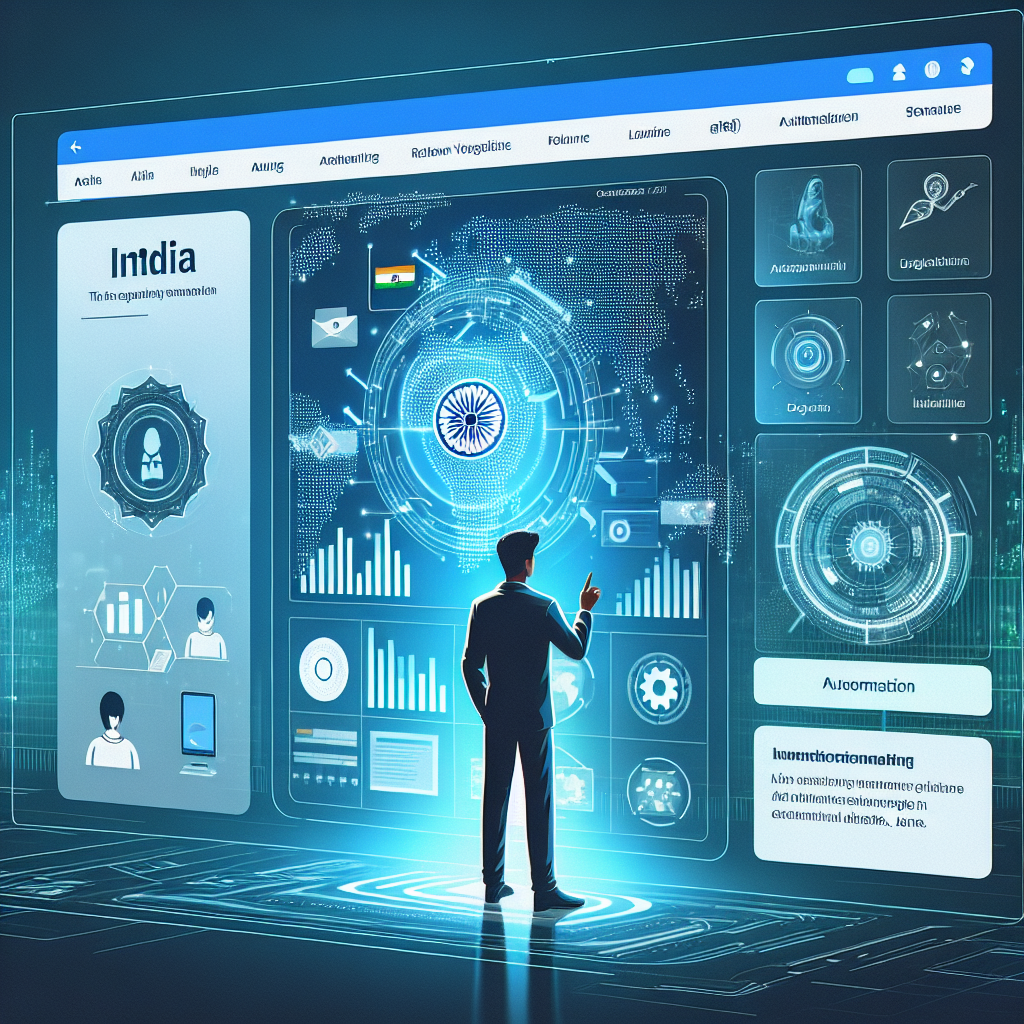Context
On August 5, 2019, Article 370 was revoked and Jammu & Kashmir was reorganised into a Union Territory. The move aimed at national integration, development, and peace. Six years
on, progress across politics, security, economy, and tourism is mixed, with enduring structural and governance challenges.
Political Developments – Democratic Revival with Limited Authority Resumption of Electoral Politics
- The National Conference (NC) leads the newly elected government, marking a return to representative democracy.
- Key portfolios—police, public services, and land—remain under the Lieutenant Governor, limiting the Chief Minister’s powers. Push for Statehood and Symbolic Politics
- The first cabinet resolution demanded restoration of full statehood.
- Chief Minister Omar Abdullah has reasserted the call for special status and revived Martyrs’ Day (July 13), provoking tensions with New Delhi.
- While the Centre engages the NC pragmatically, ideological rifts over Article 370 persist.
Security – Progress Undone by Pahalgam Attack
Decline in Terrorism and Militancy
Year Terrorists Neutralised Local Militant Recruits
2019 104 129
2024 67 15
2025 28 1
Militancy-related violence has dropped sharply. There have been no recent stone-pelting incidents, hartals, or abductions.
Pahalgam Attack
- In April 2025, a terrorist strike in Pahalgam claimed 26 civilian lives, exposing gaps in security at tourism hubs.
- India launched Operation Sindoor to neutralise camps across the border and tighten area security.
Economy – Investment and Revenue Surges Industrial Investments
- Since 2021, proposed industrial investments total ₹1.63 lakh crore; over ₹50,000 crore are in advanced stages.
- Production has commenced in 359 units, while 1,424 units await completion.
- Investment realisation in 2024–25 was ten times higher than the pre-2020 period.
- GST collections rose by 12%, excise duties by 39%, and non-tax revenues by 25%
between 2022 and 2024. - J&K’s GDP grew from ₹1.17 lakh crore (2015–16) to ₹2.45 lakh crore (2023–24),
reaching ₹2.63 lakh crore in 2024–25.
Power Sector Reforms - 74 lakh smart meters installed, cutting transmission losses by 25%.
- Winter generation capacity falls to 600–650 MW, requiring central power allocations.
- ₹10,000 crore invested in transmission and distribution; generation capacity slated to
double by December 2026.
Banking and Fiscal Health - J&K Bank swung from a ₹1,139 crore loss (2019–20) to a ₹1,700 crore profit (2023
24); NPAs halved. - Despite revenue growth, fiscal deficit remains high and 70% of expenditure depends
on central grants. - Core sectors like agriculture and industry continue to underperform.
Economic Growth Trends – A Disappointing Performance
- Post-2019, J&K’s $30 billion economy has grown at a slower pace than the national
average. - The territory’s share in national GDP has fallen to 0.77%.
- Tertiary-sector growth dropped from 11% (2022–23) to 5.8% (2023–24).
HTTPS://THECIVILWAY.CO.IN/ 9935082255, 9214077678
- Real per-capita income growth halved from 6% to below 3%; per-capita income now
stands at 76% of the national average (down from 84% in 2011–12).
Employment and Industrial Slowdown
- Unemployment peaked at 23% in March 2023 and remained 17% in 2024.
- Youth (15–29 years) unemployment exceeds 30%, almost double the national rate.
- Factory numbers have stagnated since 2016–17; industrial employment hit a ten-year
low in 2022–23.
Capital Formation and Investment Reality
- Fixed capital formation peaked in 2016–17 and halved by 2022–23; Ladakh’s
separation was not a factor. - Although the government lists proposals worth ₹84,544 crore, only ₹2,518 crore was
invested on the ground in 2023. - Central surveys confirm a decline in realised capital investment since 2017.
Fiscal Health and Rising Debt
- Internal debt has doubled post-2019; outstanding liabilities are now ~60% of GSDP
(national average <30%). - The fiscal deficit stands near 6%, breaching FRBM targets.
- State revenues tripled over eight years and the tax-to-GDP ratio rose from 6.3% to 8.4%,
yet borrowings remain high.
Credit Constraints and Capital Scarcity
- Credit-to-GSDP ratio was only 38% in 2024; J&K’s share of national credit under 1%.
- High credit-deposit ratios reflect consumption borrowing, not productive investment.
- Low deposit growth leads to net resource outflows, choking private-sector expansion.
Inflation and Wage Dynamics
- Inflation in J&K has hovered slightly above the national average since 2019.
- Daily wage rates in agriculture and construction rank second highest in India, after
Kerala.
HTTPS://THECIVILWAY.CO.IN/ 9935082255, 9214077678
Tourism – High Growth Amid Security Fragility
- In 2023, J&K welcomed a record 2.11 crore tourists; tourism contributed 7% to GDP.
- Seventy-five new destinations were opened and 2,000+ homestays registered.
- The Pahalgam attack forced temporary closure of 50 sites; 16 have since reopened
under tight security. - Only five hotels have availed the new industrial scheme; land availability remains a key
hurdle for further private investment.
Structural Constraints and Future Outlook
- J&K remains a high-cost, import-dependent economy with limited export drivers.
- Growth relies on expansionary public spending and mounting debt, rather than private
sector dynamism. - Current indicators fall short of a “take-off” stage of development, suggesting that
sustainable transformation remains elusive.
Conclusion
Six years after Article 370’s abrogation, Jammu & Kashmir displays gains in security and
investment but continues to face restricted political authority, fiscal fragility, and private-sector
hesitancy. The Pahalgam attack underscores that peace and prosperity must advance in tandem.
Addressing structural weaknesses and catalysing private investment are imperative to fulfil the
promise of integration and lasting development.



